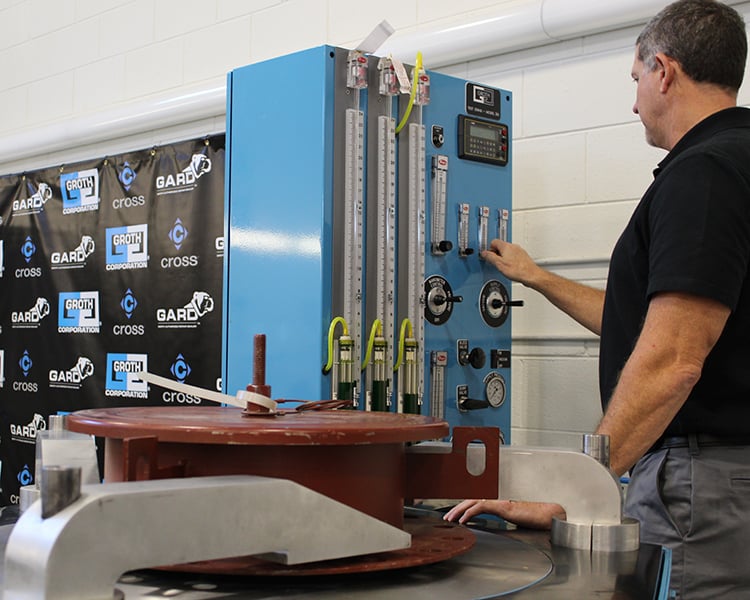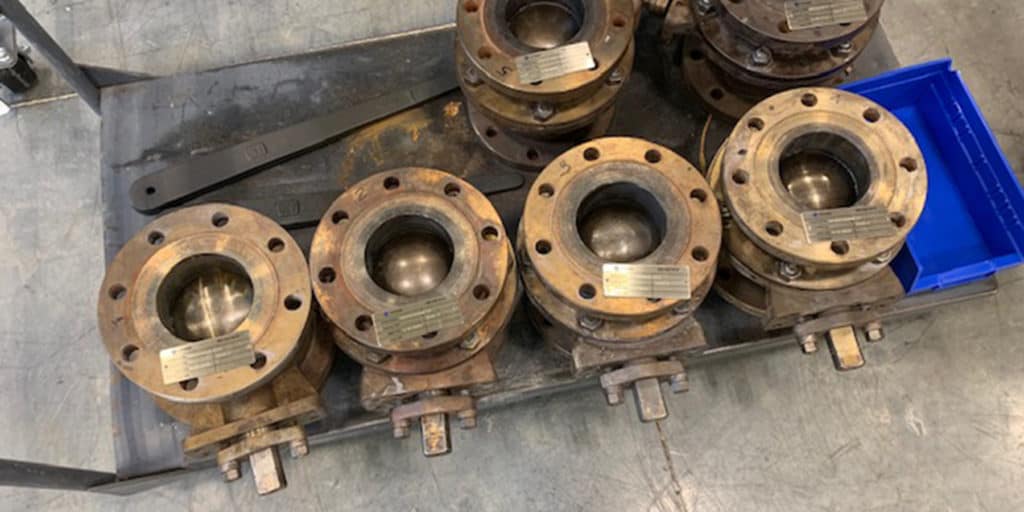Many of us have heard of lean initiatives such as predictive maintenance. Possibly in the past, you focused upon preventative maintenance, or even use to failure. Each of these have their good points and bad points. Today we’re going to discuss the value of a predictive maintenance mindset and how to quantify the cost of inaction.
There is little upfront cost for a mindset.
The beauty of this mindset is its generally free, and once adopted you can invest as much capital as you desire to achieve the results you require. Beginning with the mindset doesn’t require a grandiose amount of capital, it doesn’t necessitate a line stoppage, or even retraining your teams. It is simply adopting a new mindset, and attitude toward the maintenance of items, processes, machines, and even people.
What is a preventative maintenance mindset?
It is an overarching view of your facility as a whole, looking at it as one machine. Breaking that machine down in to its parts (valves, reactors, process tanks, digestors, kilns, gensets, departments, etc.) and looking at the time available per part for revenue generation annually.
This works across industries and factories around the world. We may all make different things, but we all manufacture the same thing: Profits, Revenue, Return on investment.
If you look at each of your parts you have an available amount of time equal to 24 hours a day, 7 days a week, 365 days a year, to utilize for revenue production. It represents your maximum output in regard to TIME – A Non-Renewable Resource. Divide this maximum by your available hours and you get a dollar value per hour for each available hour of that process.
Now you have the key to understanding the value of action vs inaction.
How much does it actually cost me to not maintain this machine? What is the cost of downtime? Could a lack of maintenance on this $40 part cost me thousands? What if I lost this vessel for weeks? It separates the noise, from the value, and highlights where your revenue resides. Once found, maintaining access to those hours is the critical path, because you can’t make any more time.
Here’s an example; Your process vessel can produce 6 batches a day and each of the batches are worth $5,000. If you extrapolate production for the entirety of the year and everything is perfect, with no valve failures, and you’re able to run your process smoothly and seamlessly throughout the year……. This would equate to available Revenue Generation of $10,950,000. Divide this by the available hours (365 x 24 = 8760) and this directly shows that an hour of this vessels up time is worth $1250. Therefore, inaction has a cost. Waiting to failure has a cost. Not upgrading when we have the time has a cost. This actually allows you to look at the opportunity cost of not making a Preventative Maintenance decision. In regard to rebuilding a ball valve, gate valve, or butterfly valve if it can save 3 hours of available production time for this vessel it’s immediate ROI is $3,750. A lot of repairs and upgrades can be justified with these economic examples and mindset.
Each part of your process needs to be working at optimal levels to allow for Maximum Revenues. One inherent benefit of this mindset is that safety becomes a natural byproduct of each action. In order to run your process well, it must be run safely, and your team must be trained how to properly operate your process. These are all mutually symbiotic relationships which improve your production systems and overall revenues.
Now that we understand what a preventative maintenance mindset is and we have it cemented in our culture let’s delve into leveraging this information for more revenue.
Example 1
Your process vessel continually vents nitrogen. You don’t worry about it because nitrogen is cheap and “it just doesn’t matter” but you begin to notice that your product mix is off a bit. Your customers are getting a little different batch each shipment. Now it’s taking longer to fill the tank for production. Emptying for custody transfer / revenue realization has slowed as well. Review your uptime calculations per hour and overlay them with your filling / emptying times. This alone will “pay” for the repair of your Pressure and Vaccuum Relief Valves with a FAST ROI. When you add in the savings of the Nitrogen costs, and improvements to product quality it is a no-brainer!

Example 2
After an in-depth consultation with the customer, it was determined that we would like to purchase a new Emergency Relief Valve (ERV) and have the old one rebuilt as a spare. After reviewing the numbers it seems that this is a two for one special! The customer was able to receive a backup unit, as well as the new unit. This decreased downtime by a full 2 weeks. This provides the availability of the vessel’s operation 24 / 7 without leaking. With a previously calculated vessel value per hour of $3356 this equates to $1,127,616 of available revenue generation. This more than covers the cost of your new ERV and rebuild at a factory authorized repair facility. This only shows the potentially lost revenue of an additional 2 weeks down. What if the vessel ruptured? What if it led to safety relief valve failures? True costs when including the opportunity cost of lost revenue can skyrocket.
Example 3
A recent review of a cooling system identified 26 ball valves in need of repair or replacement. We found that rebuilding the units in our Valve Repair Center allowed them to be placed back in service 3 weeks earlier than if we bought new. However, for the next shutdown a new set would pull this down to an immediate turnover! The customer decided to buy all new valves as spares and repair the old ball valves for current use.

With a one-year warranty this is comparable to a new unit but 50% of the cost. When we look at this situation with our overarching preventive maintenance mindset it allows us to see that this repair saves us not only the 50% cost of another set of Ball Valves as rotatable spares, but also the 3 weeks of system uptime. With a Vessel Value per hour of $298 this equates to $150,192 of available production revenue. Without the valve repair at a trusted service provider our machine would be down and unable to access those 504 production hours and subsequent revenues. This makes the case for a rebuild and spares set pretty open and shut!
Easy Actions:
Find a valve vendor that is also a service provider you trust, with a team that provides a number of services to ensure that your equipment is operating at its best. The 4 services below are of critical value to your Predictive Maintenance Mindset in regard to Valves.
Valve Repair – Only use highly trained valve specialists to inspect, repair, and test your valves, actuators, vacuum / pressure valves, and manifold assemblies to ensure proper function.
Expert Consultation – Utilize a trusted vendors experience to streamline your predictive maintenance mindset by leveraging their work hours. Experienced technicians can help you to determine the right inspection cycle for your equipment, proper soft goods, flow rates, new technology, and dramatically accelerate troubleshooting.
Tank Optimization Program – Find a Tank Optimization Program Provider. This is an iIn-depth review of all tank accessories on your site by a highly qualified technical expert. They’ll look at all aspects of your tank assembly, providing a comprehensive deep dive into the safety, maintenance, and operation of all the equipment on and around your tank. This helps to develop preventative maintenance programs for planning & scheduling. It also improves your batching capability by improving quality, reducing raw material usage and waste while complying with environmental regulations.
Steam Survey – The best suppliers have access to industry leading steam survey expertise. Many are paid services but you could likely get a brief consultation for free to assess the value of a proper survey. These can highlight untold dollar amounts of waste.
Interested in learning more about how we can help improve the operation of your facility? Reach out to us today! Speaking with our experts can help you both make your operation more efficient and reduce the risk of downtime. We are available to walk through your facility and help you develop a plan for upgrading your existing system and devices.
